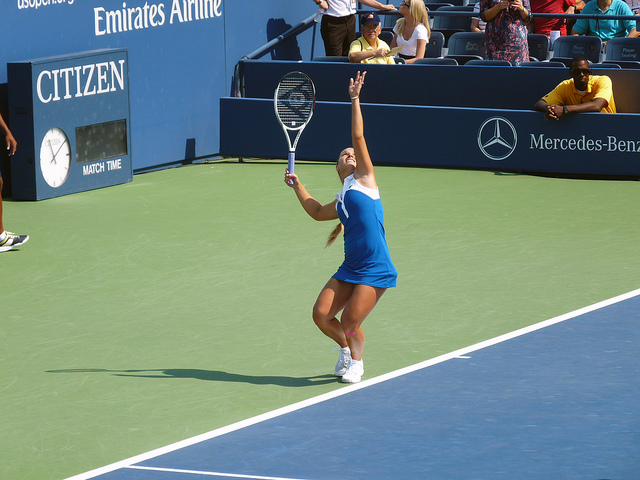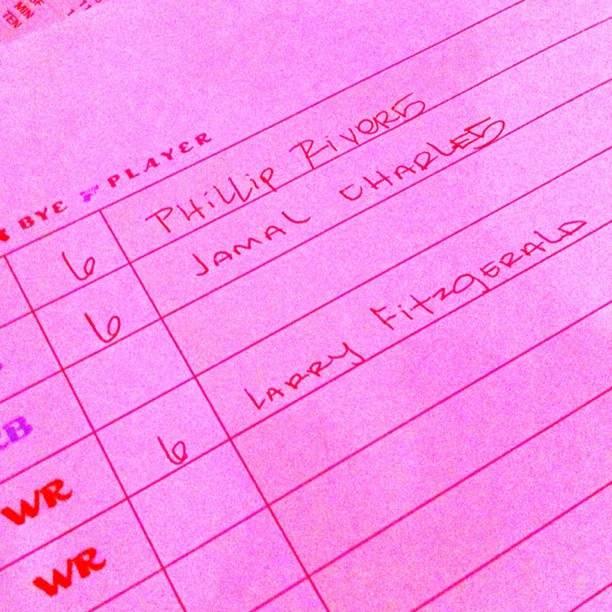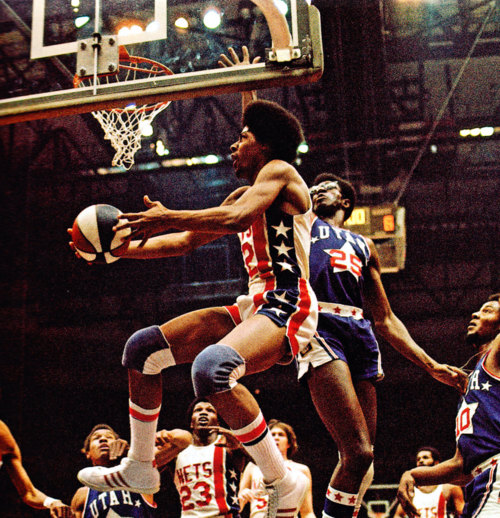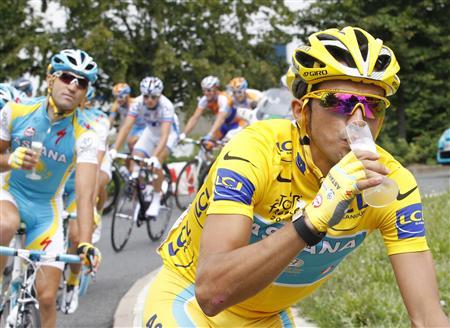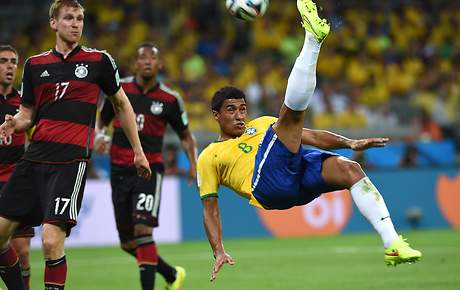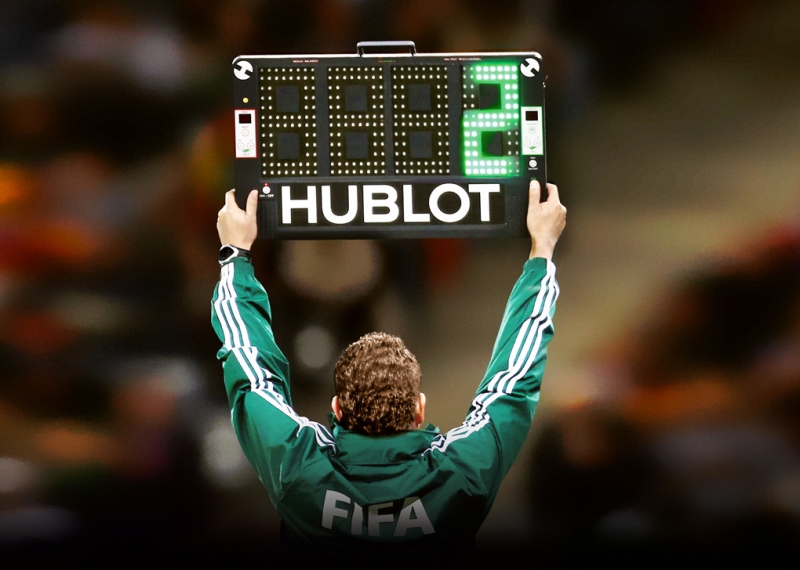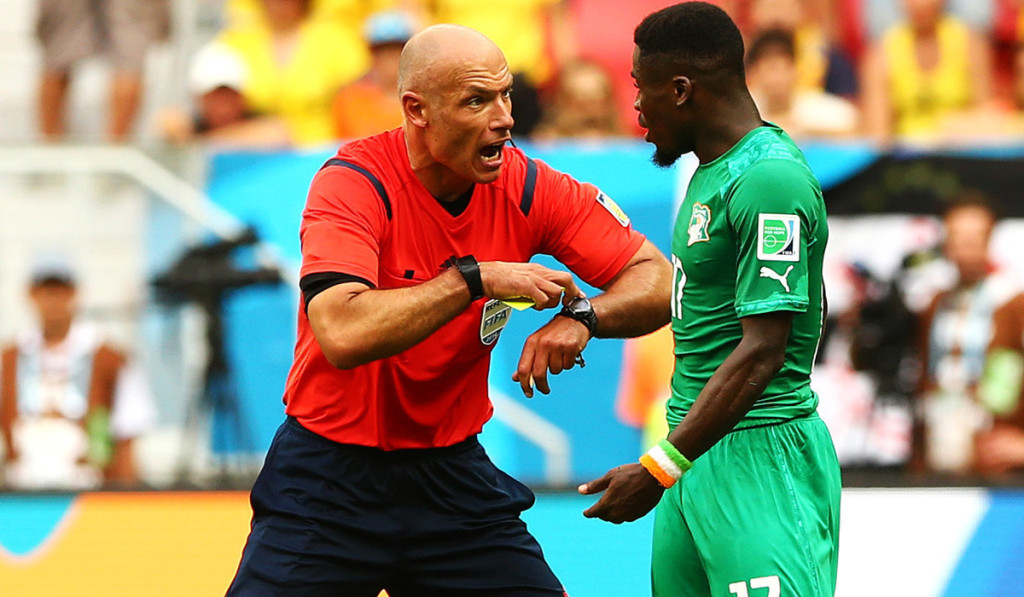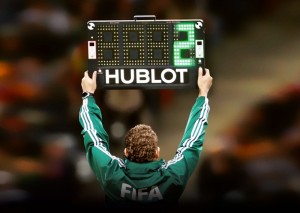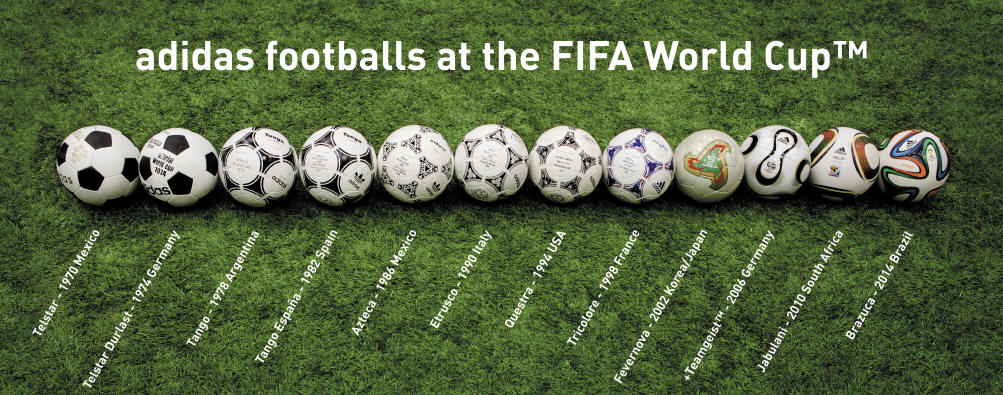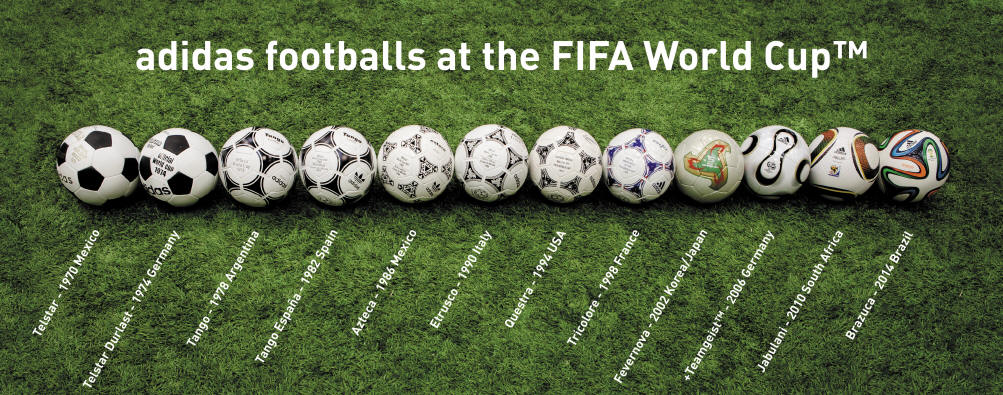Dear Sports Fan,
Why are U.S. Open tennis courts blue? What happened to the normal green and red variety that we all played on growing up?
Thanks,
Simon
— — —
Dear Simon,
U.S. Open tennis courts have been painted blue since 2005 primarily because the organizers of the tournament thought they could make more money with blue courts than the traditional green and red variety. The blue court is good for its organizers for reasons of branding and visibility. Since 2005, many other tennis tournaments have copied the U.S. Open and made their own court color changes.
The most understandable reason why the U.S. Open and other tournaments switched from green and red painted asphalt to blue is that it makes the tennis ball easier to see for players and spectators. The tennis ball itself is a shocking neon green-yellow. This is the kind of green-yellow normally found in road signs or reflective vests because it’s very easy to see. Still, tracking a green ball going a hundred miles an hour or more is likely to be easier if done against a background that provides a good contrast. A duller green isn’t going to offer must color contrast. Red is opposite green in a color wheel but the green of the tennis ball is a lot closer to yellow than it is green green.

Therefore, a blue or purple is going to create the best contrast to spot a moving tennis ball. This contrast is particularly important for television viewers. Not only are television viewers the largest group of people to watch the game, they’re also the one that injects the most money into the sport. No wonder their viewing experience was at the core of the decision in 2005 to shift to blue courts.
The other key reason to paint the U.S. Open courts blue is branding. In 2005, when the United States Tennis Association made the decision to move to a blue court, they did so, not just for the U.S. Open, but for all the major tennis tournaments played in the U.S. and organized by their group. As USTA executive Arlen Kantarian was quoted as saying in this espn.com article:
In addition, it provides an instant visual link between the US Open Series tournaments and the U.S. Open, helping to create a unified ‘regular season’ for tennis leading up to the U.S. Open.
If the USTA can create a visual signature, they may be able to promote their lesser tournaments as being just like the popular U.S. Open. Using color to promote a sports brand is nothing new, even in Tennis, as Christine Brennan pointed out in her 2005 USA Today article on the subject, the failed World Team Tennis league tried the gimmick in 1974. This time though, it seems to have succeeded. Or at least, the trend of colored courts has become very mainstream. The Australian Open changed from green to blue in 2008. Other big tournaments have experimented with purple courts. On a smaller level, on municipal and personal courts around the country, the demand for unique colors has increased. According to Andrew Cohen for Athletic Business resurfacing in green and red has dropped from about 95 percent of the market to between 50 and 75 percent. It’s common now for “sales reps [to] have to step in… to perhaps dissuade a court owner from choosing garish or excessively loud color combinations”
To close on a personal note, my instincts are often traditional when it comes to sports. The biggest change in tennis surfaces over the past fifty years hasn’t been the colors, it’s been the surfaces themselves. Until 1974, all four of the major tennis tournaments were played on grass or clay. When the U.S. Open and later the Australian open moved to asphalt, they kept the green and red surfaces of grass and clay as a way of connecting with their pasts. Shifting the color to blue doesn’t have much of an effect on the way I watch or think about them but it does make me treasure the natural grass of Wimbledon and traditional red-clay of the French Open.
Whatever the surface, enjoy watching the tennis!
Thanks,
Ezra Fischer

